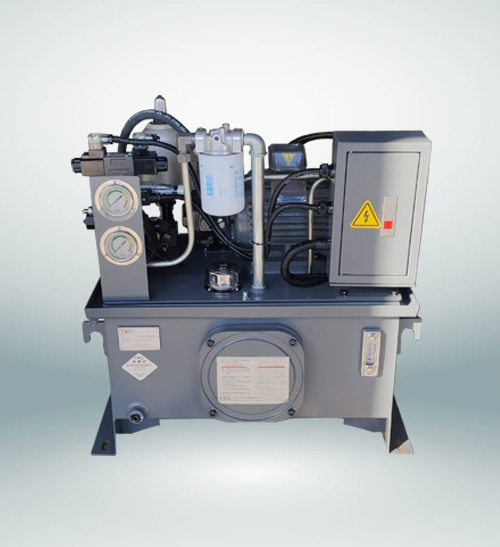
The speed control loop is a loop that controls the movement speed and speed switching of the actuating elements in the hydraulic system of the hydraulic lifting platform. The main control modes are valve control, pump control and actuator control. The commonly used speed control circuits include speed regulating circuit, fast circuit and speed switching circuit.
The basic principle of speed regulating circuit The pressure system often needs to adjust the movement speed of the hydraulic cylinder and hydraulic motor to meet the needs of the working cycle of the host machine. The speed of hydraulic cylinder and hydraulic motor depends on the displacement and input flow.
It can be seen that the speed of the cylinder and motor can be controlled by changing the flow of people or by changing the displacement.

For the hydraulic cylinder in the hydraulic lifting platform, it is unrealistic to adjust the speed by changing its effective area A (equivalent to the displacement). Generally, the speed can only be adjusted by changing the flow. For variable displacement motors, speed regulation can change both the flow and the motor displacement.
Therefore, the speed regulating circuit mainly has the following three modes:
1. Volume speed regulating circuit: regulate the speed by adjusting the displacement of variable pump or variable motor;
2. Throttling speed regulation circuit: the constant displacement pump supplies oil, and the flow valve is used to regulate the flow entering or exiting the actuator to achieve speed regulation;
3. The volume throttling speed regulating circuit uses the pressure limiting variable pump to supply oil, the flow valve regulates the flow entering the actuator, and the flow of the variable pump is adapted to the regulated flow of the regulating valve to achieve speed regulation.
In addition, several constant displacement pumps can be used in parallel. According to different speed requirements, one pump or several pumps can be started to supply oil to achieve graded speed regulation.